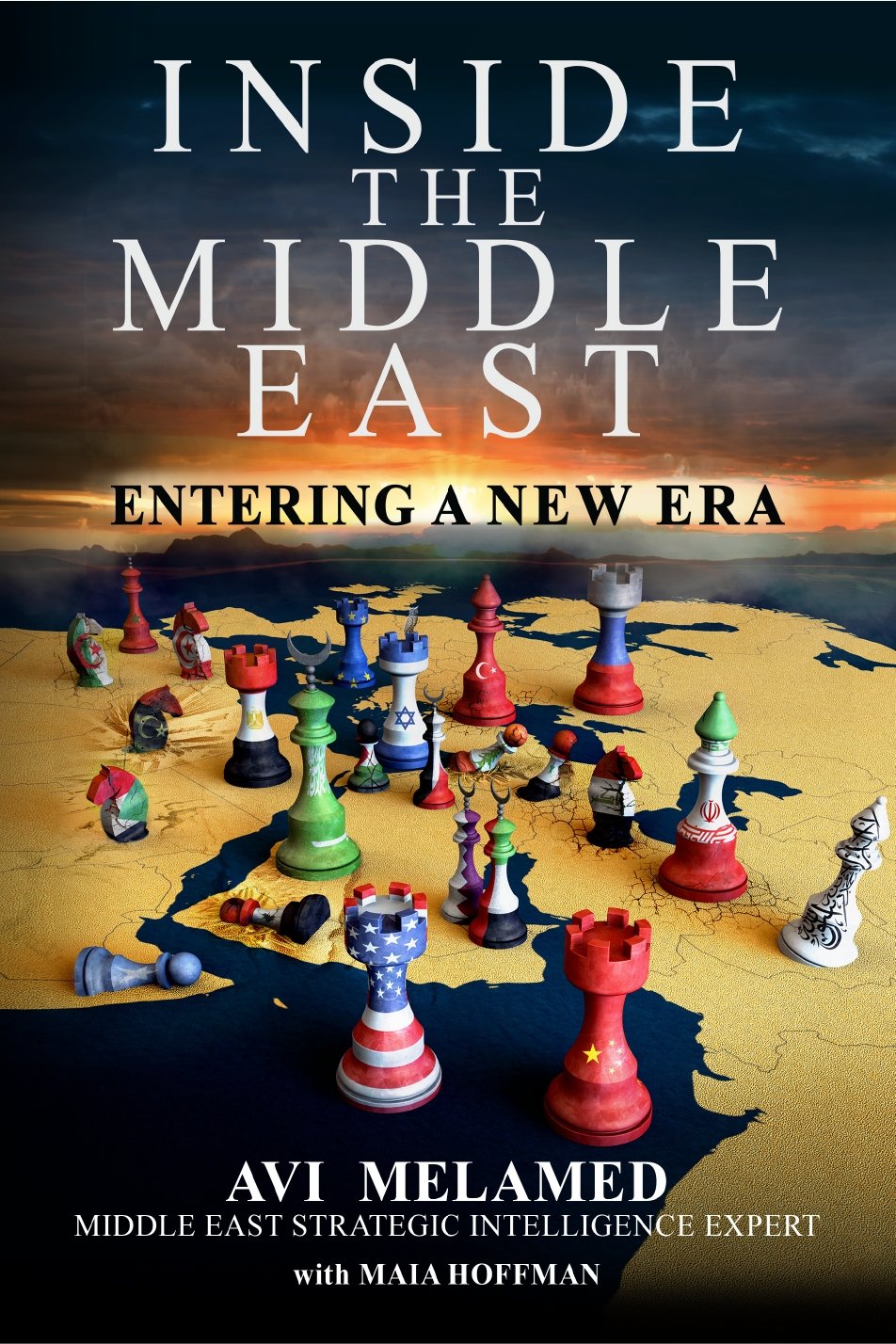|
Getting your Trinity Audio player ready...
|
Oct. 7 wrought storm of destruction and a chance for stability in the Middle East | Avi Melamed special to the USA TODAY Network | This article has already published in more that 227 other media and newspapers.
USA Today is the largest print-distributed newspaper in the United States. Its readership is 107,859,025 (print + online). It is part of the Gannett Company which owns over 100 daily newspapers and nearly 1,000 weekly newspapers in 43 U.S. states and six countries – including USA Today which is the most-read newspaper in the United States.
3-minute read
On Oct. 7, 2023, Hamas launched a brutal attack on Israel that sent shockwaves throughout the world, particularly in the Middle East. This violence not only marked a significant escalation in the long-standing conflict but also highlighted the fragility of the region’s geopolitical landscape. Yet amid the destruction, a rare opportunity emerged: the chance to reshape and stabilize the Middle East.
The attack on Oct. 7 was not an isolated event but part of a broader geopolitical storm that has been brewing for decades. This turmoil is fueled by three extremist ideologies that seek to violently dismantle the current order, with Israel often serving as a primary target.
The first of these ideologies is the Sunni Islamist aspiration for a caliphate, championed by groups like al-Qaida, Hamas, ISIS and the Muslim Brotherhood. The second is the Shia Islamist goal of an imamate, spearheaded by Iran’s regime. Finally, there is “The Resistance,” an overarching ideology that aims to upend the regional order, with a particular focus on Israel. These forces have unleashed chaos across Lebanon, Syria, Iraq, Yemen and the Gaza Strip, leaving devastation in their wake and fundamentally reshaping the region’s political dynamics.
The events of Oct. 7 represented a low point for Israel, while simultaneously marking a high point for Iran and the Axis of Resistance. However, the dynamics have shifted dramatically in the year since that fateful day. As of now, Israel has restored its deterrence capabilities and reestablished itself as the dominant regional power. In stark contrast, Iran and its allies have reached an unprecedented low in influence and capacity. This reversal can be attributed to Israel’s technological, intelligence and military superiority, which have enabled it to conduct sustained operations against Hamas, the Houthis, and especially Hezbollah in Lebanon — the cornerstone of the Axis of Resistance. Arab discourse is now drawing comparisons between Israel’s current achievements and its victory in the 1967 war.
A disrupted Middle Eastern political landscape
The upheaval since Oct. 7 has reshaped the Middle East’s geopolitical landscape in significant ways. One immediate consequence has been the weakening of the Iranian regime and the Axis of Resistance. This decline will resonate through Gaza, Lebanon, Syria and Iraq, diminishing Iran’s influence in what is often referred to as the Shiite Crescent.
In Lebanon, this situation has created a unique opportunity for the Lebanese people to reclaim their sovereignty, which has long been hijacked by Hezbollah. Meanwhile, in Syria, President Assad, who has relied heavily on Iranian and Hezbollah support for his survival, may see this as a chance to loosen Iran’s grip. He might aim to convert the Arab world’s diplomatic backing into crucial financial investments for Syria’s reconstruction, which remain unfulfilled. Concurrently, Syrian rebels concentrated in northwestern Syria could capitalize on the weakening of the Axis of Resistance to intensify their assaults on Assad’s forces and Iranian militias. In Iraq, national forces opposed to Iranian interference may gain newfound momentum.
The diminishing power of Iran and the Axis of Resistance is also welcome news for countries like Jordan, Saudi Arabia and the United Arab Emirates, all of which face threats from Iranian proxies. One of the key outcomes of this shifting landscape is the acceleration of rapprochement between Israel and Saudi Arabia. This development strengthens a regional alliance that includes Egypt and other Arab monarchies, all of which are pursuing stability in the face of shared threats. While some speculate about the disintegration or even the end of the Axis of Resistance, this may be an overstatement. Although the Iranian regime and its allies will remain influential players in the region, their power has undeniably diminished.
What comes next for the Palestinians?
The repercussions of these events also extend to the Israeli-Palestinian conflict. The trauma inflicted by Oct. 7 has left deep scars on both Israelis and Palestinians, fostering a shared sense of despair over the viability of the two-state solution — a skepticism that existed well before the attack. For Israel, this may lead to a modest rise in far-right support, but the political landscape is more likely to coalesce around pragmatic Zionism, solidifying security priorities.
For the Palestinians, the fallout from Oct. 7 has exposed long-standing divisions regarding the concept of “The Resistance.” While Hamas faces widespread criticism from both Palestinians and the broader Arab world for the destruction it has caused in Gaza since its violent takeover in 2007, many still support Hamas or identify with its cause. Although Hamas has lost the Islamic emirate it established in Gaza, it will likely continue to play a central role in Palestinian politics. The ongoing failure to establish a unified governing body and military — “one government, one army” — leaves Palestinians without a clear path toward statehood.
Currently, the two-state solution appears unfeasible. However, the weakening of the Axis of Resistance and Iran creates an opening for a new regional framework that could lead to a more sustainable arrangement. Saudi Arabia’s recent announcement of an initiative in this regard is a promising first step. There is cautious optimism that amid these shifting dynamics, a long-term settlement may now be within reach, offering a glimmer of hope for a more stable Middle East.
Avi Melamed is a former Israeli intelligence official who went on to serve as deputy and then as senior Arab affairs adviser to Jerusalem Mayors Teddy Kollek and Ehud Olmert, operating as a negotiator during the first and second intifadas. He is the author of “Inside The Middle East: Entering A New Era,” and his latest docuseries, “The Seam Line,” available on the Izzy streaming platform, focuses on Jerusalem’s flashpoints and his work during the intifadas.
Oct. 7 wrought storm of destruction and a chance for stability in the Middle East | Avi Melamed special to the USA TODAY Network | This article has already published in more that 227 other media and newspapers.
If you want to have a better understanding of the news and what really drives the unfolding events… Read the latest book of Avi Melamed,
INSIDE THE MIDDLE EAST | ENTERING A NEW ERA, available now >>>
Follow me on Twitter @AviMelamed; Facebook @InsideTheMiddleEast; for more Videos on YouTube https://www.youtube.com/c/AviMelamed
I can always be reached at Av*@********ed.com
































































